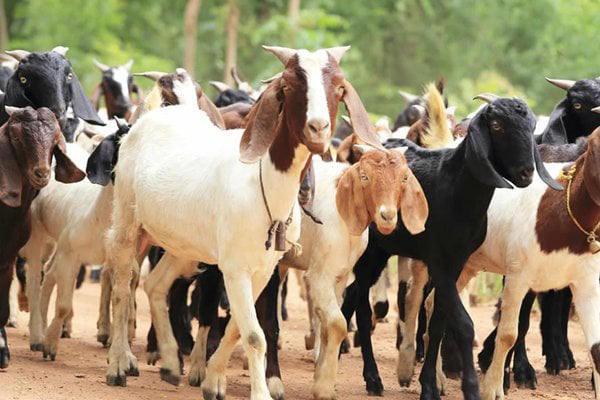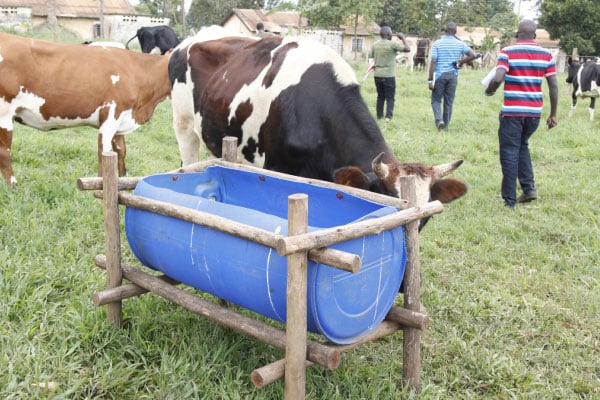Anthrax: Museveni cautions Rakai locals

President Museveni arrives at Kiswaaga Village playground in Rakai District to mark World Aids Day last Friday. PHOTO/ AMBROSE MUSASIZI
What you need to know:
An outbreak of the disease has also been reported in Kyotera District.
President Museveni has cautioned residents in the districts of Rakai and Kyotera against eating meat without establishing its source.
The President said such meat will expose them to anthrax, which has already claimed 17 lives. 28 people are currently bedridden in several villages of Kabira Sub-county in Kyotera.
“I was informed about a disease known as anthrax in areas of Rakai and Kyotera. It catches people after they have eaten meat of an infected animal or touched a dead animal which was sick,” Mr Museveni said during the commemoration of the World Aids Day at Kiswaaga Village, Byakabanda Sub-county in Rakai last Friday.
The President, however, said since anthrax is not contagious, it is the reason why the government maintained the venue of this year’s World Aids Day commemoration rather than shifting it to Kayunga District as it had been proposed five days before the event.
At the function, meat was not served as the norm has been at most public functions in the area.
Anthrax is caused by a bacteria known as Bacillus anthracis, according to Africa Centres for Disease Control (Africa CDC).
Humans generally acquire the disease directly or indirectly from infected animals or occupational exposure to affected or contaminated animal products.
Domestic and wild animals can become infected with anthrax when they breathe in or ingest spores in contaminated soil, plants or water.
The animals can include cattle, sheep, goats and antelopes.
In areas where domestic animals have had anthrax in the past, routine vaccination can help prevent outbreaks.
Museveni’s concerns about Aids
Upon his arrival in Rakai, Mr Museveni unveiled a monument at Kibaale Trading Centre in appreciation of individuals who have played a big role in the fight against the Aids scourge in the past four decades.
He also urged Ugandans to be vigilant so as to prevent new HIV infections.
Available statistics from the Uganda Aids Commission (UAC) show that more than 50,000 acquired HIV/Aids in the last two years and 17,000 Aids- related deaths occur per year. These new infections are occurring among the young girls and women between 15 and 24 years, which translates into about 25,000 people per year and about 68 per day.
Mr Museveni said: “We lost some soldiers in the army on antiretroviral (ARVs) drugs because their bodies weakened due to being overworked. Make sure that while taking the ARVs, you eat well and avoid stressing the bodies.”
The Director General of UAC, Dr Nelson Musoba, said Uganda has been successful in its prevention and awareness programmes.
“By the end of December 2022, we recorded 52,000 new infections, a slight reduction from what we reported in Rukungiri last year where we had... 54,000 new infections the previous year (2021) ...but we can get zero new infections. That is the target by 2030.”
About Anthrax
Anthrax is caused by a bacteria known as Bacillus anthracis.
It can be found naturally in soil and commonly affects domestic and wild animals around the world. The symptoms of anthrax depend on the type of infection and can take anywhere from one day to more than two months to appear. Anthrax can be treated by antitoxin and antibiotics Antibiotics can also prevent anthrax from developing in people who have been exposed but have not developed symptoms.
Source: Africa Centres for Disease Control




